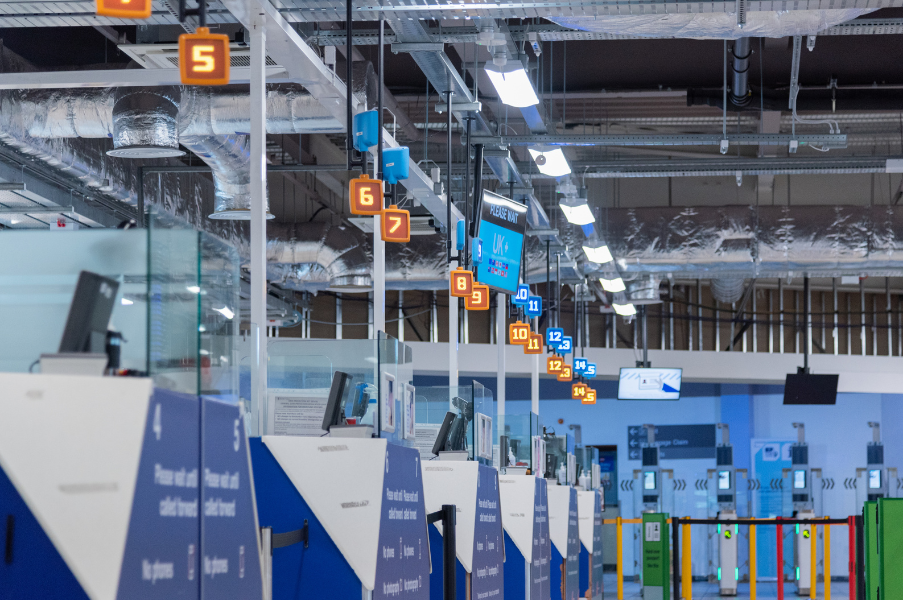- Home
- Sectors
- Solutions
- Tensabarrier®
- Tensator® Charging Stations
- Tensamedia® Wayfinding and Signage
- Lawrence® Post & Rope
- Tensator® Airport Passenger Guidance System
- Electronic Queuing – eQ™
- Tensaguide® Modular Barrier System
- Tensator Micam Protection – TMP
- Safety Solutions
- Access Control
- In-Queue Merchandising
- Virtual Queuing – VQMS
- Tensator® Virtual Assistant
- Custom & Bespoke Solutions
- Resources
- About
- Contact Us
- Shop
 English (English)
English (English)
Manage Airport Hazards and Risks To Keep Passengers Safe
17
Jun
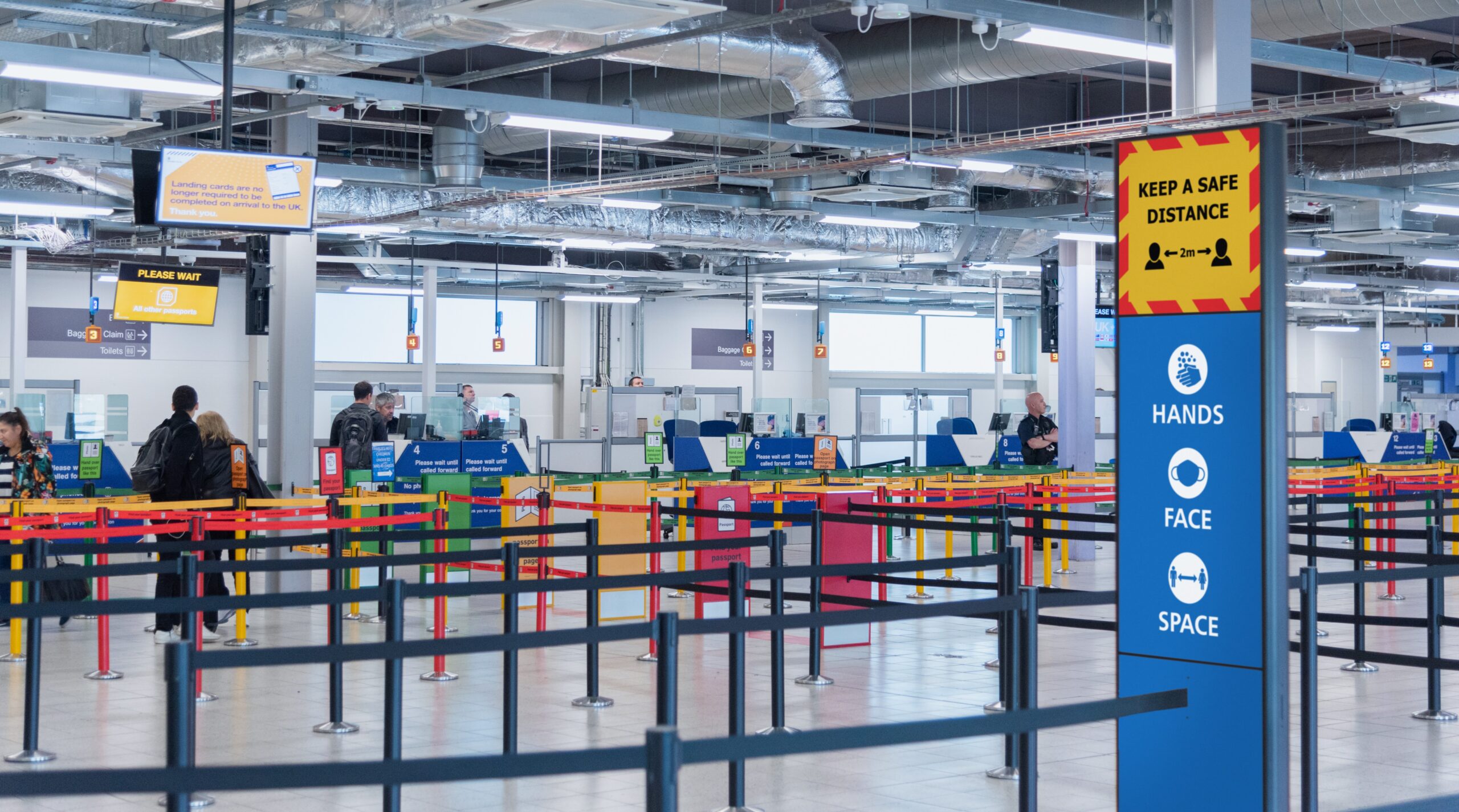
Manage Airport Hazards and Risks with Tensator® Products
Minimising the number of airport hazards and risks for passengers and staff is vital in airports. Identifying the types of hazards in a location is crucial to maintaining airport safety and security.
But what is a hazard?
Hazards in a workplace or a domestic location can range from environmental to physical hazards. For example, trip hazards are common in busy spaces like airports. If missed, hazard environments such as these can often lead to accidents or injury.
How to lower the risk in an airport?
The trick is to be proactive rather than reactive. From tripping hazards to weather hazards, taking initiative will help pedestrians steer clear. Remember, it is easier to prevent than it is to cure. Airports are hubs of chaotic energy, especially when busy. During peak periods, passenger numbers start to soar. Staff then need quick solutions to prevent environmental hazards from affecting holiday-makers.
The good news is our range of products will help you take control of major accident hazards. Tensator® can help you define hazards in your location, which can help you reduce the risk. As world-leaders in queue management products and solutions, we design with quality in mind. From innovative, reflective webbing to world-leading retractable queue barriers, we can help your staff keep passengers safe.
But why are Tensator® and Tensabarrier® products the right choice for managing airport hazards and risks?
1) ASIAD Compliance
Airports need to incorporate design elements which offer resistance to bombs and blasts. Implemented by the UK Department of Transport, the Aviation Security in Airport Development programme (ASIAD) is designed to minimise lethality in emergency situations.
All our Tensabarrier® posts are ASIAD complaint. Our retractable barrier posts offer both efficient queue management and blast resistance. The energy wave from an explosive blast passes around the curved posts. As a result, this reduces the risk of secondary injury from flying debris.
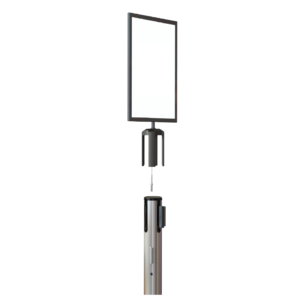
Products like our Tensabarrier® ASIAD compliant sign holder integrate with existing queue systems, which complies with airport safety regulations. Designed to fit onto specific Tensator® poles and posts, the anchor tether is attached through a pre-drilled hole. The sign is securely tethered onto the post, and is prevented from becoming another lethal fragment in the event of an explosion. Staff can use the signs as an easy signage solution, whether they need to divert passengers quickly or to highlight important messages with ease.
Resistant, hard-wearing, and designed to maintain safety in the airport sector, these queue management solutions are a perfect fit.
2) Access Control Solutions
Stopping pedestrians from wandering into dangerous areas also helps lower the hazard risk. Common examples of hazards, such as cleaning or repairs, can pose a significant risk to passengers. Safety barriers can help divert people away from these high-risk areas. Hazardous environments can appear in many places in an airport. From under-wing areas during boarding, to broken-down escalators waiting for repair. Ensuring there is a quick process in place to divert traffic from these areas is crucial.
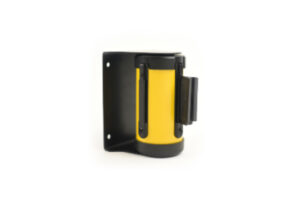
• Wall Units are an ideal solution when you need to prevent access. These wall-mounted retractable barriers are versatile and able to adapt to multiple situations. Products like our 180 degree rotating wall unit feature a rotating cassette holder. This allows the unit to be used at different angles, allowing you to cordon off multiple areas at different times. Additionally, wall units don’t take any floor space when not in use, saving staff time and effort during set up.
• Tensabarrier® Stowaway Posts with a Fold Up Base are hard-wearing and feature webbing with chevron prints. They are best used when a quick, no entry retractable barrier is needed. For example, when building works or surveying is taking place on site.
By utilising simple access control products, you can easily prevent passengers from entering restricted areas to reduce airport hazards and risks.
3) Safety Features
Tensator® products are world-leading because their quality is second-to-none. We have developed elements into the product designs to ensure they truly deliver the expected requirements. This includes ensuring our metal posts all have metal splines. This makes them even more resilient and hard-wearing compared to plastic splines used on cheaper, competitor products: they may look the same but they are not built to the same quality as Tensator® products.
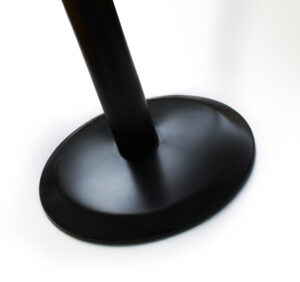
The Universal base of our retractable barrier posts is regarded as the safest on the market. Featuring the lowest leading edge, it offers equal access for all. Essentially, the base increases accessibility for pedestrians. Any wheeled item, from wheelchairs to large luggage bags to strollers, can roll over the base with ease. These bases are an easy way to reduce tripping hazards while improving airport health and safety measures.
4) Magnetic Innovation
As world-leaders, we are always innovating new barrier solutions. Magnetic technology, for example, was integrated into certain products by our design team. This resulted in a safer and more secure queue management which also helps manage airport hazards and risks.
• The magnetic retractable barrier base fixes onto a compatible floor plate. Once a surface has been deemed suitable following a test installation, the floor plate can be attached using a high-strength adhesive. When connected to the floor plate, the post needs a force of around 250kg to lift vertically. The smaller footprint of the floor plate, when compared to a free-standing post base, poses a reduced trip hazard risk. Perfect for passengers.
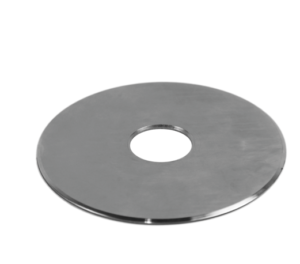
• The patented locator plate developed by Tensator® reduces frustration during set-up. This locator plate firmly engages the pole and secures it to the centre of the base. Locking immediately onto the centre point, staff can rest assured the barrier is set up properly. This ensures the lines of the grid are always perfect which means there is no longer any issue with queues falling out of alignment. When using free-standing posts, you can often see the lines aren’t 100% straight and the distance between lanes isn’t always maintained. As airports strive to maximise accessibility for passengers with reduced mobility, the lane size needs to remain consistent.
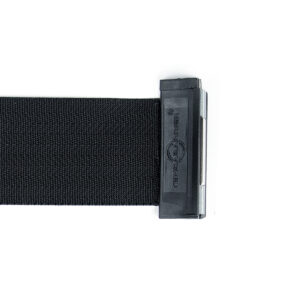
• Magnetic safety barrier splines developed by our team allow for a quick emergency exit. These allow the tape end to break away with ease, retracting the webbing and creating a clear path for a quick escape. Perfect for emergency situations as it removes a potential obstacle from escape routes.
5) Technology Solutions
An electronic call forward system allows you to optimise and control your queue flow. Deployed to great effect across numerous sectors, including the aviation industry. Fair and fast, this technology is ideal for managing queues without staff intervention. There are 2 types available: manual or automatic. Both options help staff stay focused on helping passengers rather than directing a busy queue. This makes it ideal at key checkpoints.
• Manual call forward systems prompt passengers to move along the queue at the push of a button.
• Automatic call forward systems require no manual intervention at all. The next in line is called forward automatically to the next vacant service position. A simple, visible process, which has been shown to help staff serve up to 25% more people per hour.
Couple the Tensator® eQ™ electronic queuing system with other products to improve efficiency. Alongside installed digital screens and banners, you can clearly highlight promotional and safety messages. With installed digital screens and wayfinding solutions like the InQ-Totem® you can use the power of media to push important information. This means you can notify passengers of safety messages or even be transparent about wait times.
Incorporating call-forward systems helps passengers move through the airport easier. As a result passengers won’t gather in key walkways as the queues flow faster. By ensuring these areas are clear, you reduce the number of airport hazards and risks caused by grid-locked traffic.
6) Airport Hazard and Risk Guidance
Some of the most serious examples of hazardous areas at an airport are actually outside. Specifically, where the airplanes prepare for take-off. Aircraft cannot stop as quickly as road vehicles, and a pilot may have a restricted view of pedestrians. It is crucial you prevent unauthorised staff and passengers roaming into high-risk areas.
Our NightView™ Reflective Webbing is a highly visible barrier solution. Weather-resistant and hard-wearing, it can be used either indoors or outside. Ideal for marking safe walkways on tarmac and in low-visibility areas. The world’s first interwoven reflective webbing, you can also add this to other Tensabarrier® products.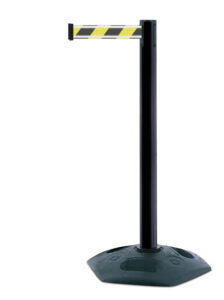
• The Facility Post can hold up to 3.5m of NightView™ webbing and is ideal for all weather conditions. Simple, effective, and resistant to collisions. Perfect for marking out safe walkways quickly.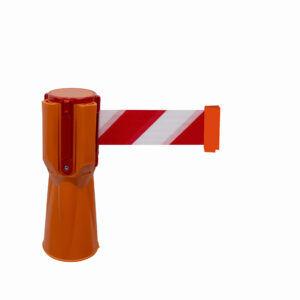
• The Tensacone Topper is a temporary solution which you can fix onto road safety cones. Weather-resistant and highly visible, it is ideal for health and safety applications. Use a combination of safety cones and barriers to establish an outdoor queue management system. Ideal for preventing pedestrians from wandering accidentally into unsafe areas.
7) Queue Management Solutions
Is it a bird? Is it a plane? No, it’s an airport queue.
Airport queues are inevitable as the windows of passenger traffic open for both domestic and international flights. Flights are delayed. Passengers turn up early. And when an airport is full, it’s likely nobody will know where they are going. When this happens, pedestrians will start to bottleneck in key walkways. As a result, passenger flow can become grid-locked. Staff will then need to spend more time managing queues. While engaged with the queues, this means staff aren’t focusing on guiding people through checkpoints. Suddenly check-ins, baggage drops, and boarding gates grind to a halt.
However, it is important to know that queues are not inherently negative. A well-managed queue is a sign of efficiency.
Signage totems and retractable barriers at airports maximise passenger flow and staff utilisation. Include measures to manage growing numbers and guide people through the airport swiftly. An efficient crowd control system will also help provide a positive experience for everyone involved.
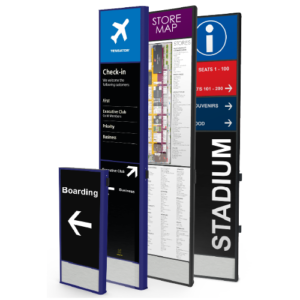
Helping customers find the next checkpoint easily can be half the battle. Our InQ-Totem® integrates seamlessly with any existing Tensator® posts and barriers. Ideal for organising queue areas, they help provide clear information and important messages. Fully customisable, they can also be used to improve the wayfinding in your airport when customers search for the front of the queue.
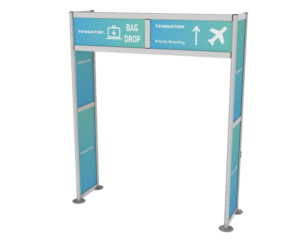
For larger spaces, our innovative InQ-Portal® is an ideal alternative. The product creates a large, defined entrance or exit for your queues. Like the totem counterpart, they can also be fully customised with branding or important messages. For example, you can advise passengers to prepare their passports. Or ensure your passengers know the queue is for first class only.
Our wayfinding solutions are best used in combination with existing Tensabarrier® products. Create a robust queue management solution to manage large volumes of passenger footfall with ease. During peak periods like the summer holidays, it is an easy way to evolve your existing queues and reduce airport hazards.
8) Why use Tensator®?
We are the original inventor of retractable queue barriers. This means we are the first, and we have become the world-leaders in barrier products.
High safety standards are ingrained in our culture. Our roots are in the automotive industry and this influence shows. Designed to meet automotive reliability standards for seatbelts, we have defined and refined our range. As leaders in the queue-management industry, we are constantly pushing innovative product designs.
Our results speak for themselves. Within the barrier cartridges is the originally patented braking system. This ensures the webbing winds back to the post slower than others in the marketplace. As a result, these crowd control retractable barriers reduce the possibility of injury from the tape end. For added security, the button lock needs to be pressed down to release the barrier in the first place.
Hope for the best but prepare for the worst
To help you understand how frantic a busy airport can be, Heathrow recorded 5,081,426 passengers in April 2022. This means the number of passengers passing through Heathrow was over 10x more than the population of Iceland!
For busy airports during peak periods, the volume of passengers begins to soar. Travelling for passengers (and staff), can be a stressful time: there are a lot of emotions involved. Excitement as people finally travel to a long-awaited holiday after 2 very long, Covid affected years. Panic as people search for their passports and tickets. Relief as holiday-goers land at their destination and stretch their legs after a lengthy flight.
However, worst-case situations can still happen, so safety must always remain a priority. Equipping your airport with ASIAD compliant Tensabarrier® posts can minimise the damage caused by blasts. Or you can install a reliable queuing system to ease bottlenecks of waiting pedestrians. Incorporating wayfinding and signage solutions will allow for high message visibility in crowded areas.
Ensuring you can identify airport hazard areas will help you protect passengers and keep them safe. Whether it’s outside near a runway, or a low-visibility areas inside your airport. Utilising barriers and other products will help maintain the high health and safety standards required. Our selection of high-quality queue products will help you proactively manage airport hazards and risks to ensure passengers and staff remain safe during your busiest periods.
Find out more about our bespoke solutions by speaking to one of our specialists directly.


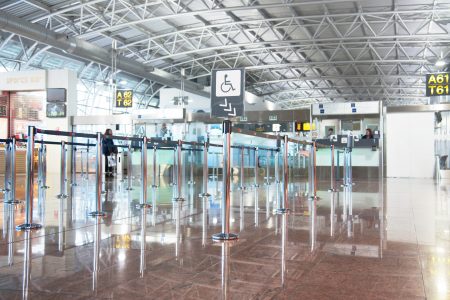 3 Ways That Wayfinding Signage Benefits the Customer Experience
3 Ways That Wayfinding Signage Benefits the Customer Experience 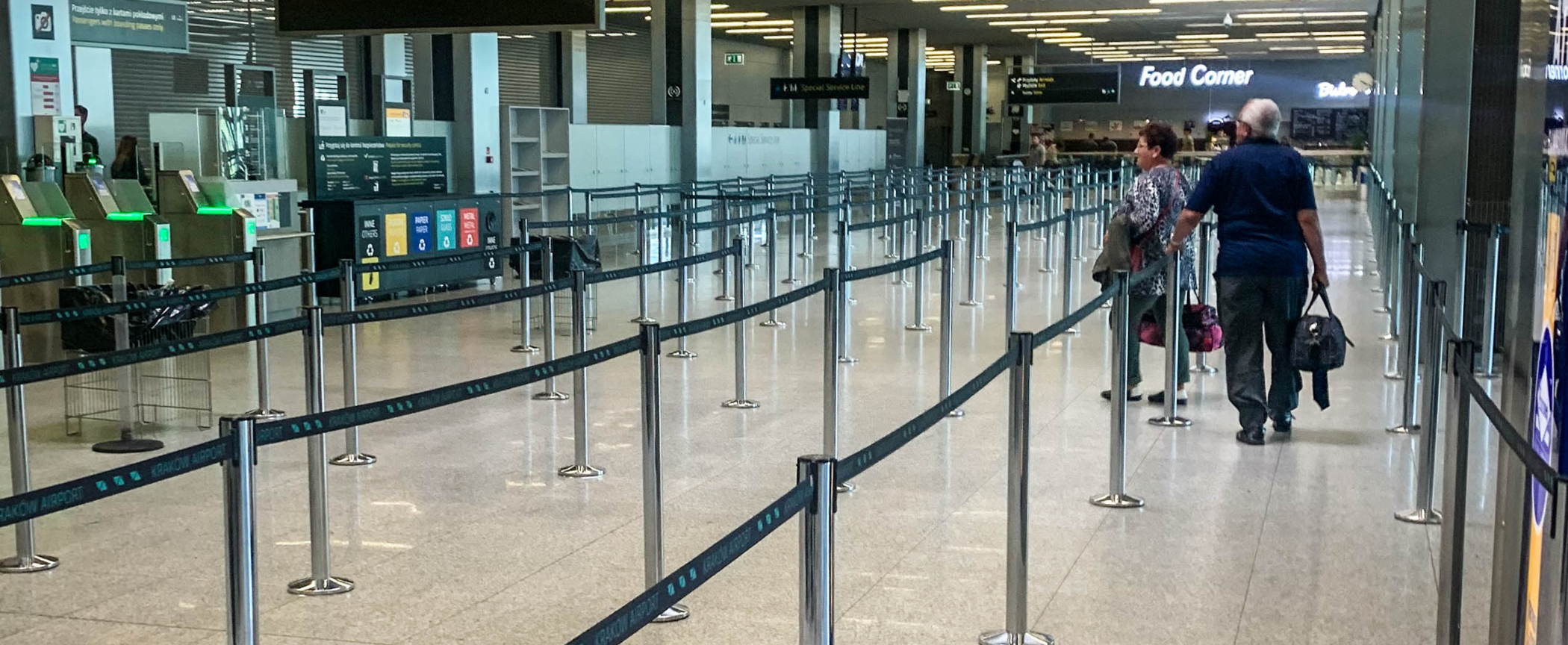 Airports
Airports  Health & Safety
Health & Safety 
